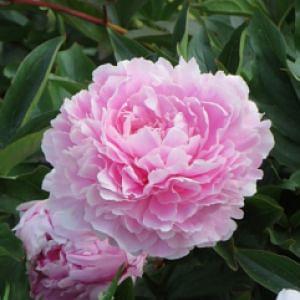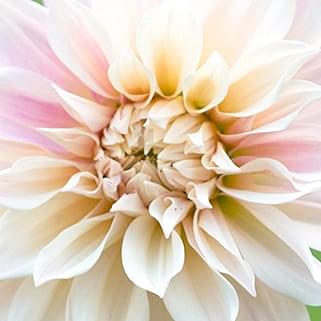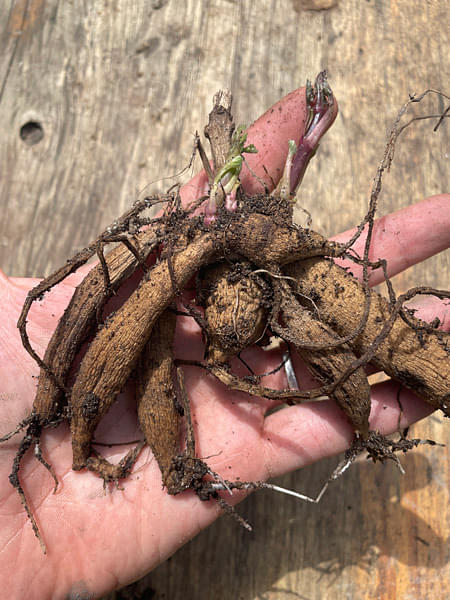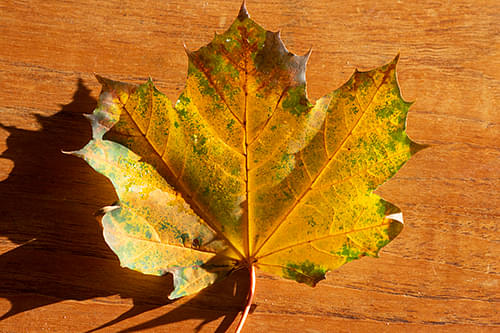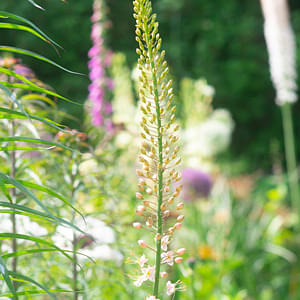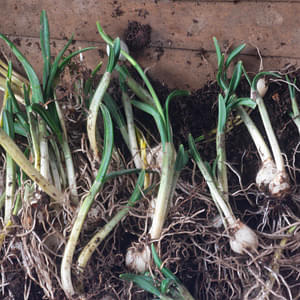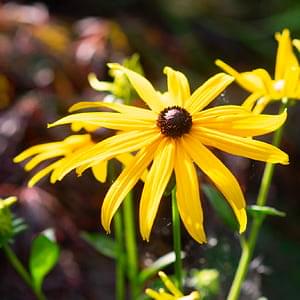How to plant peonies
- How to plant Bulbs - Spring planting plants
- 24 Feb 2020
-
46views
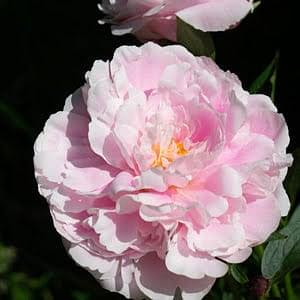
Favourites among gardeners and florists, paeonies are exotic hardy perennials adored for their bold flowers and deeply cut leaves that will last a long time after the fragant blooms have faded. Perfect for the herbaceous border, they will add a splash of colour and elegance to the garden. If you wish to achieve visual contrast, try mixing them with irises, nepetas or veronicas — the vertical blooms produced by these flowers will break up the roundness of paeonies. Alternatively, interlace with geraniums — these will be a joy to witness as they gracefully grow through the foliage of paeonies.
- Plant in deep, fertile, humus rich soil, moist but well-drained
- Plant in full sun or partial shade — avoid a spot in the early morning sun if possible.
- Before planting, dig deep and add plenty of leaf mould or compost.
- The crown should be planted around 2-3 cm below the ground and should be left undisturbed so it can settle.
- Provide some mulch in the spring and water in dry weather.
- Dead-head as soon as the flower fades and feed with a general fertiliser in the summer.
- In the autumn, cut the stems down to ground level.
- Always unpack and plant on arrival.
Potential problems, pests and diseases:
- Eelworms: these microscopic pests navigate through plant tissues and feed on cells. Leaves gradually turn yellow, distort and die back prematurely whilst growth may be stunted. Watch out for any signs of infestation and destroy any affected plant at first sight. Dispose of any deceased plant material and debris ahead of the growing season to prevent any risks of infestation.
- Swift moth larvae: these larvae feed on plant roots, causing hosts to gradually lack vigour and potentially collapse.
- Paeony wilt: this fungal disease causes plants to wilt, gradually turn brown and decay. Buds may fail opening. Remove and destroy any infected host.
- Honey fungus: this fungal disease attacks roots and may cause hosts to die. Watch out for thin layers of white fungus underneath the bark located near the base. Dig out and burn any infected plants including all of their roots at first sight.
- Viruses: viruses can cause a number of issues ranging from the appearance of deformed leaves and flowers to colour patterns and streaking. It is advisable to lift and destroy any affected plant at first sight.





